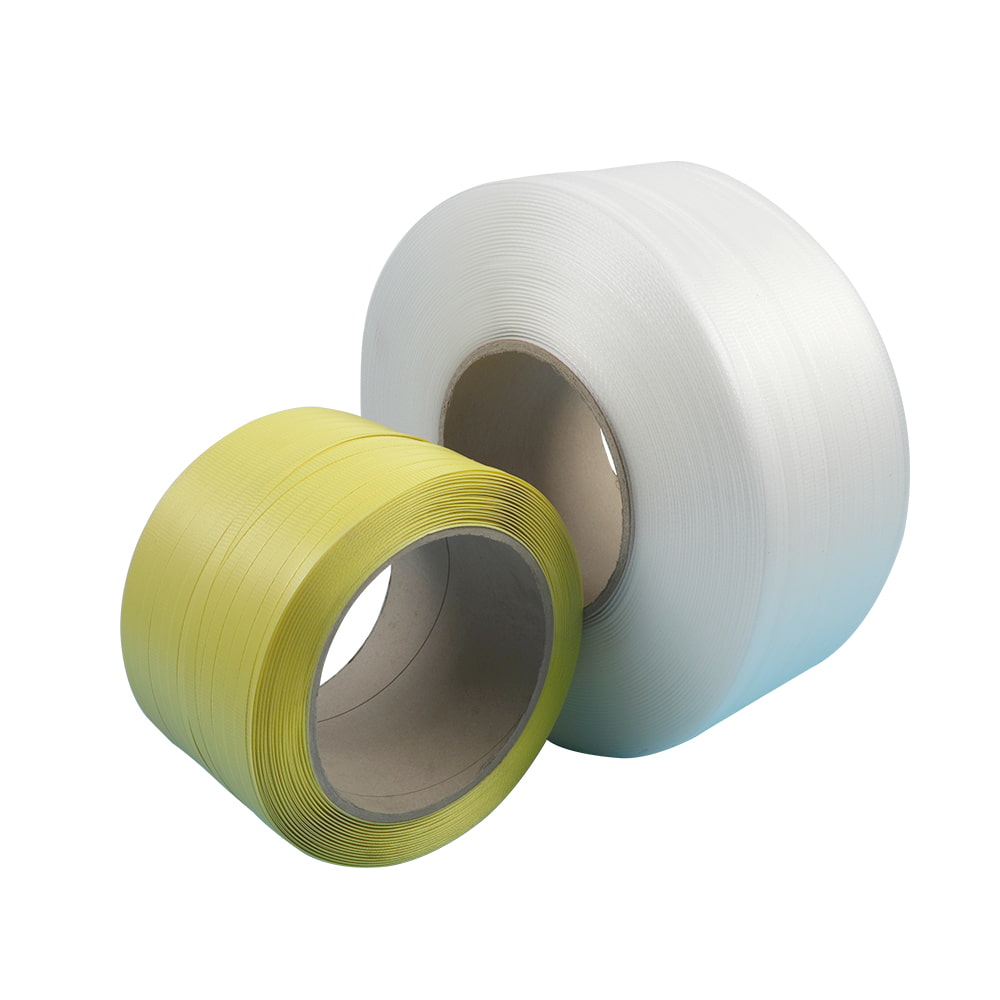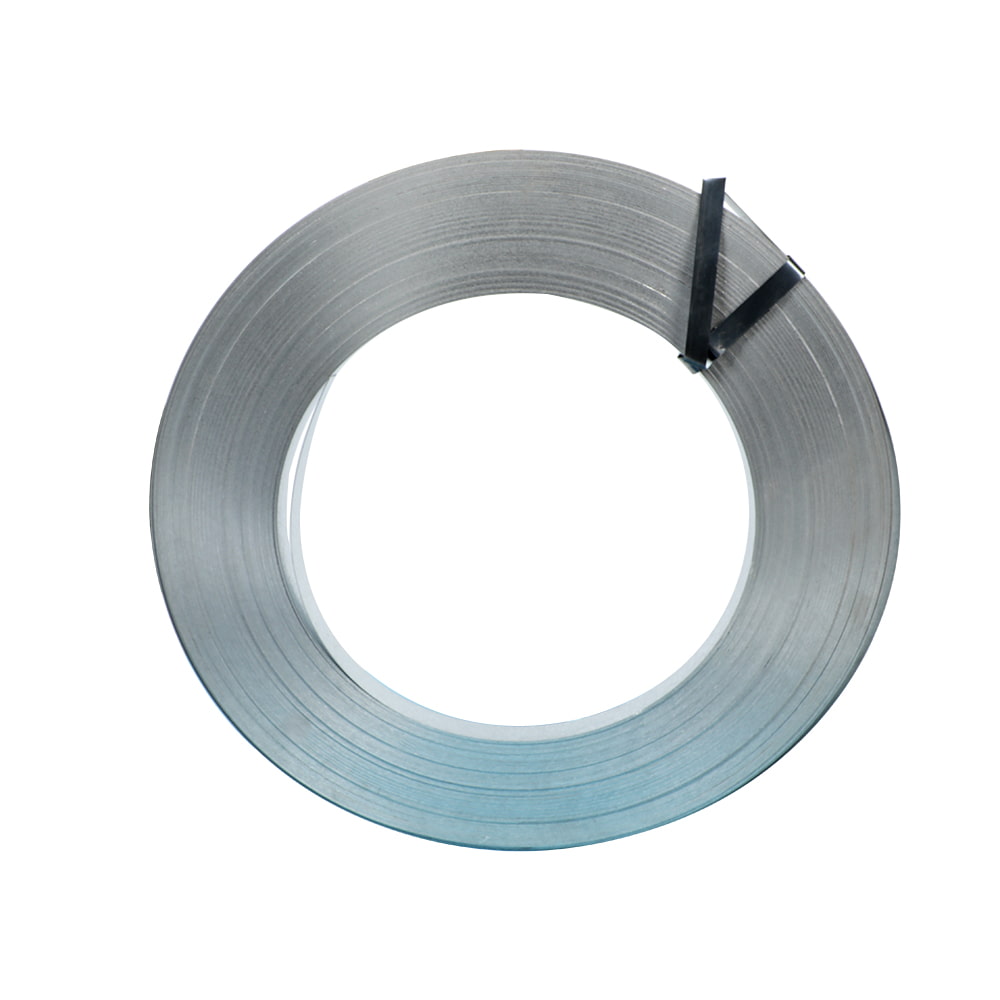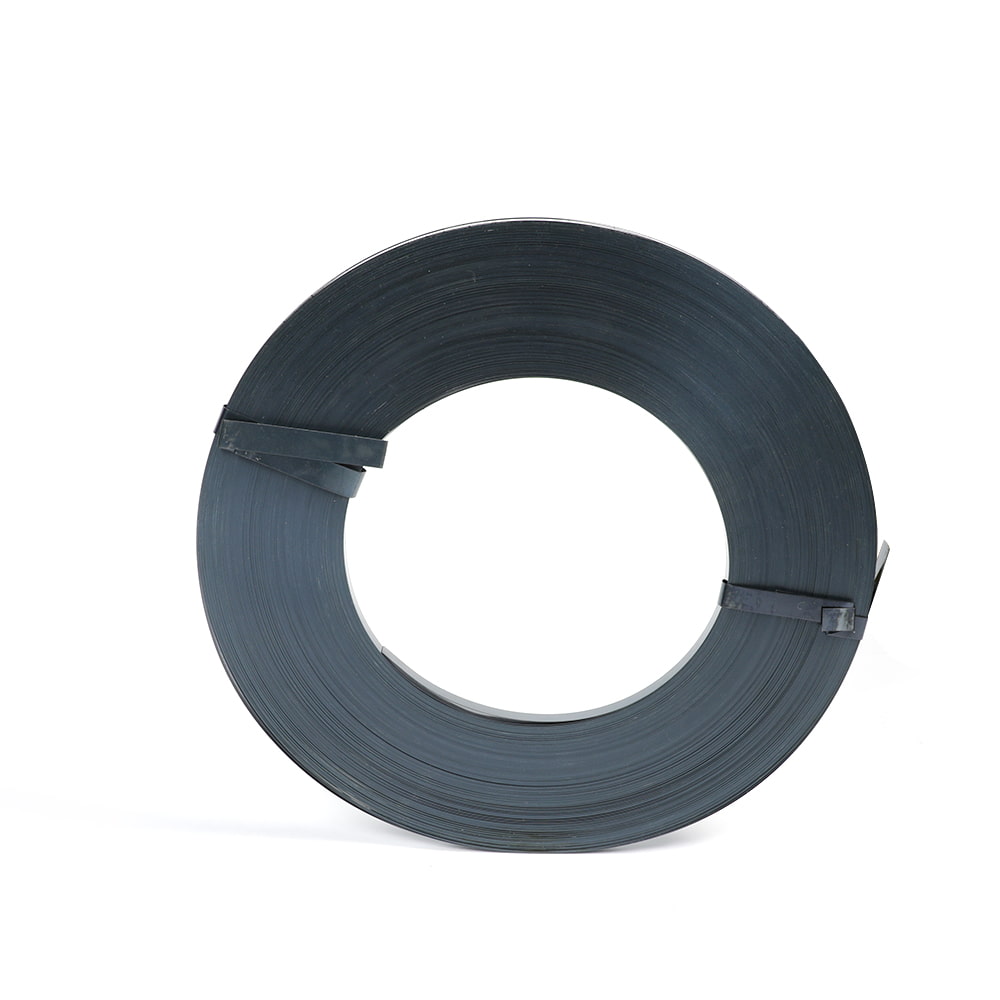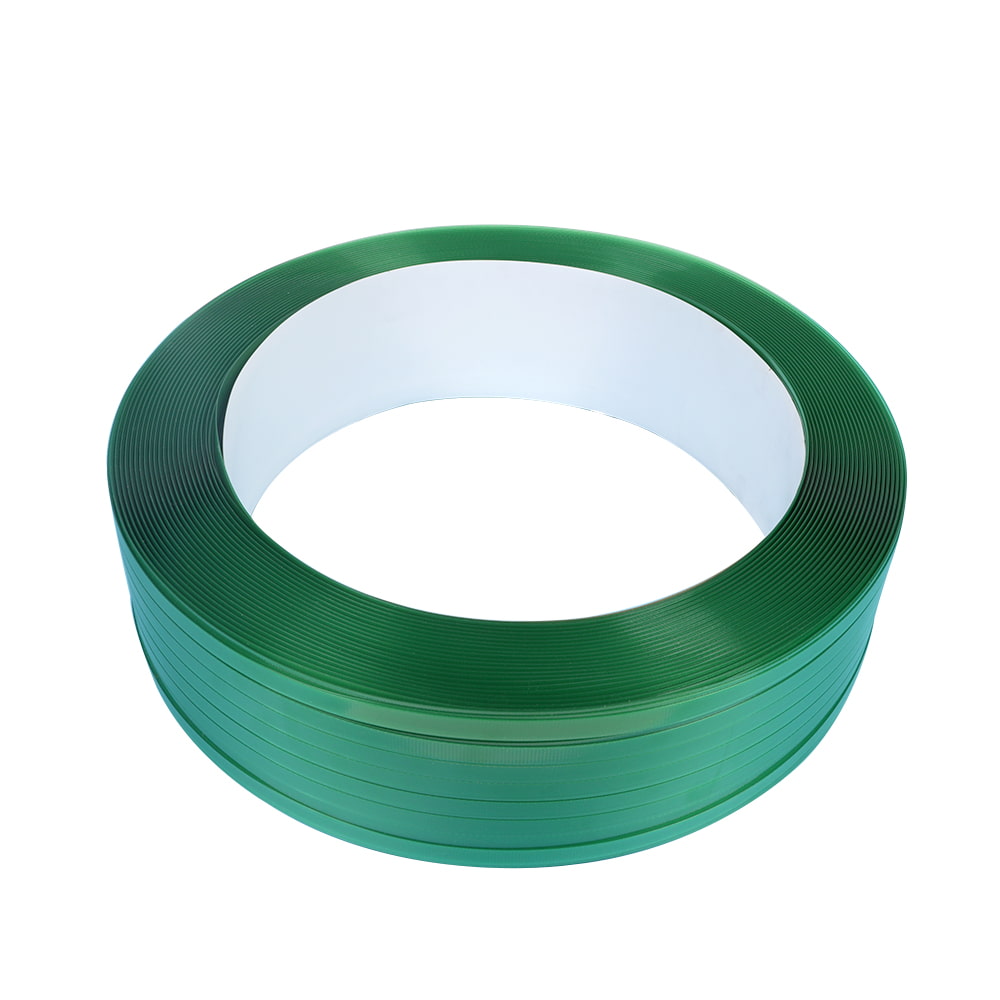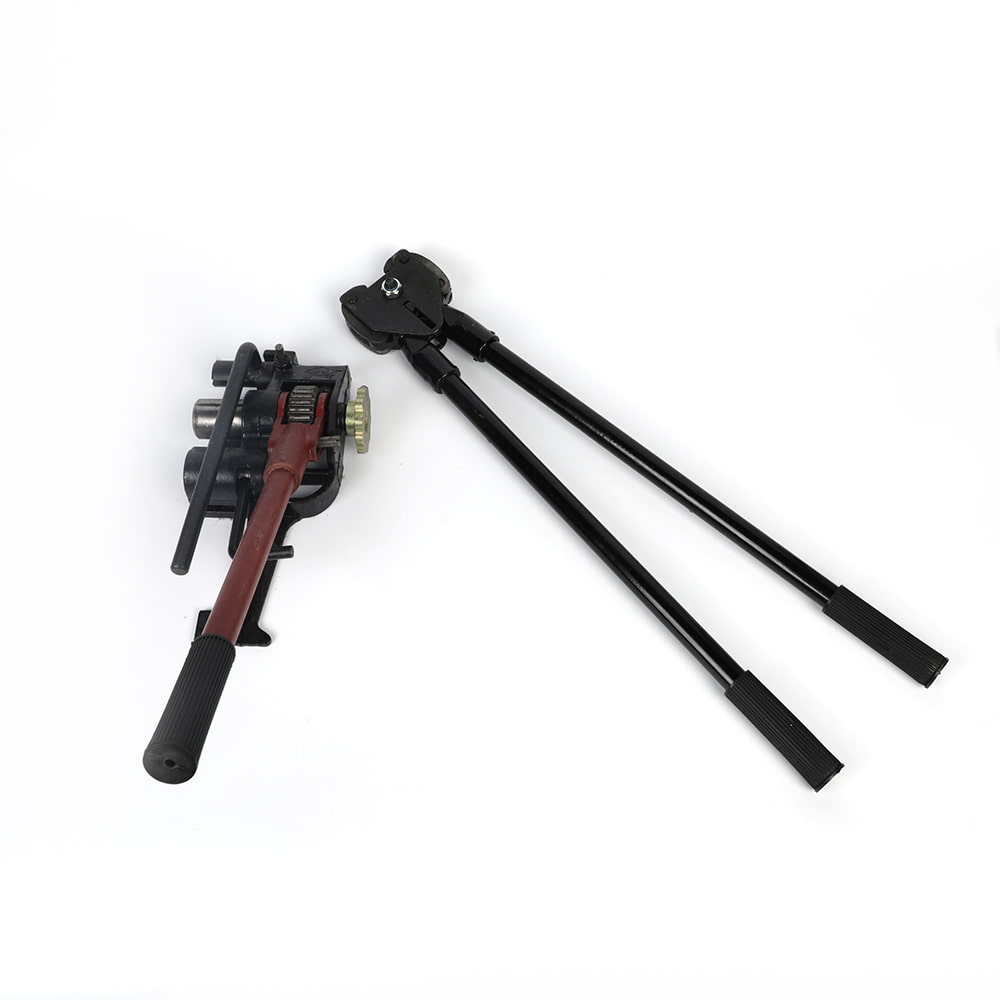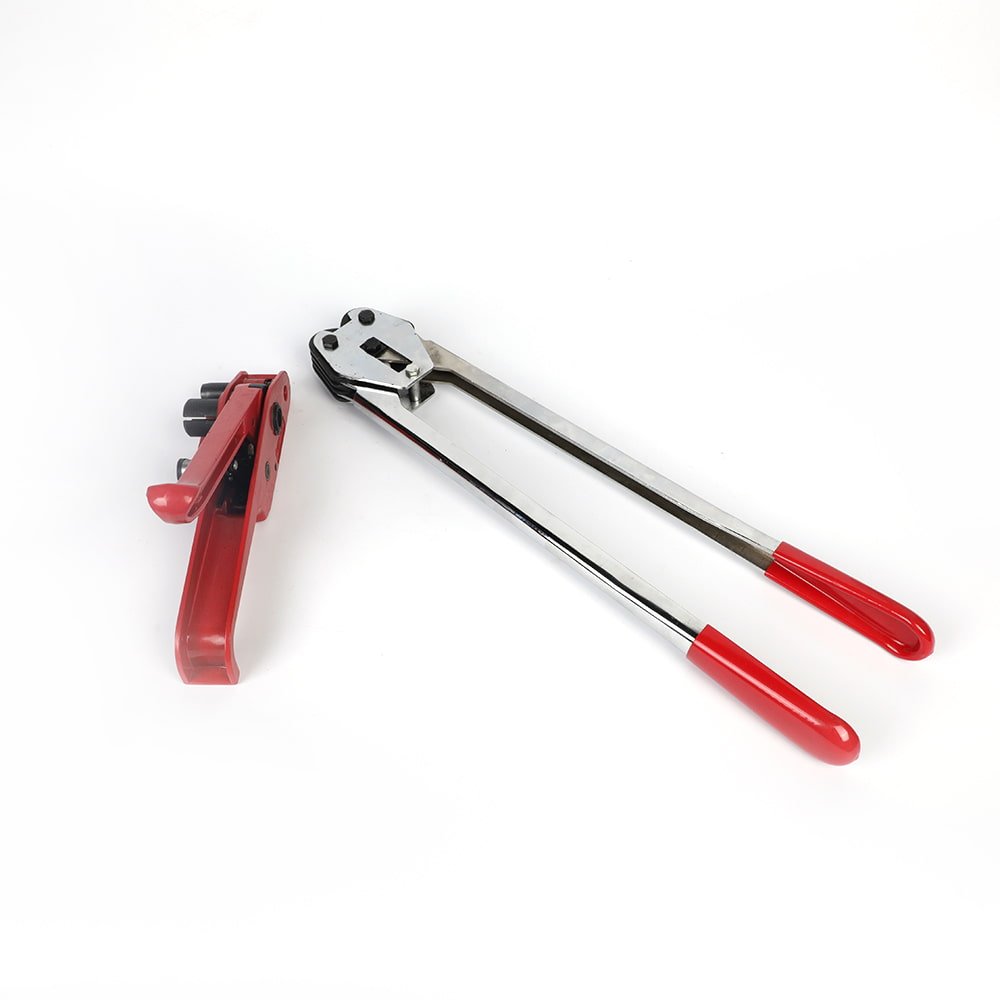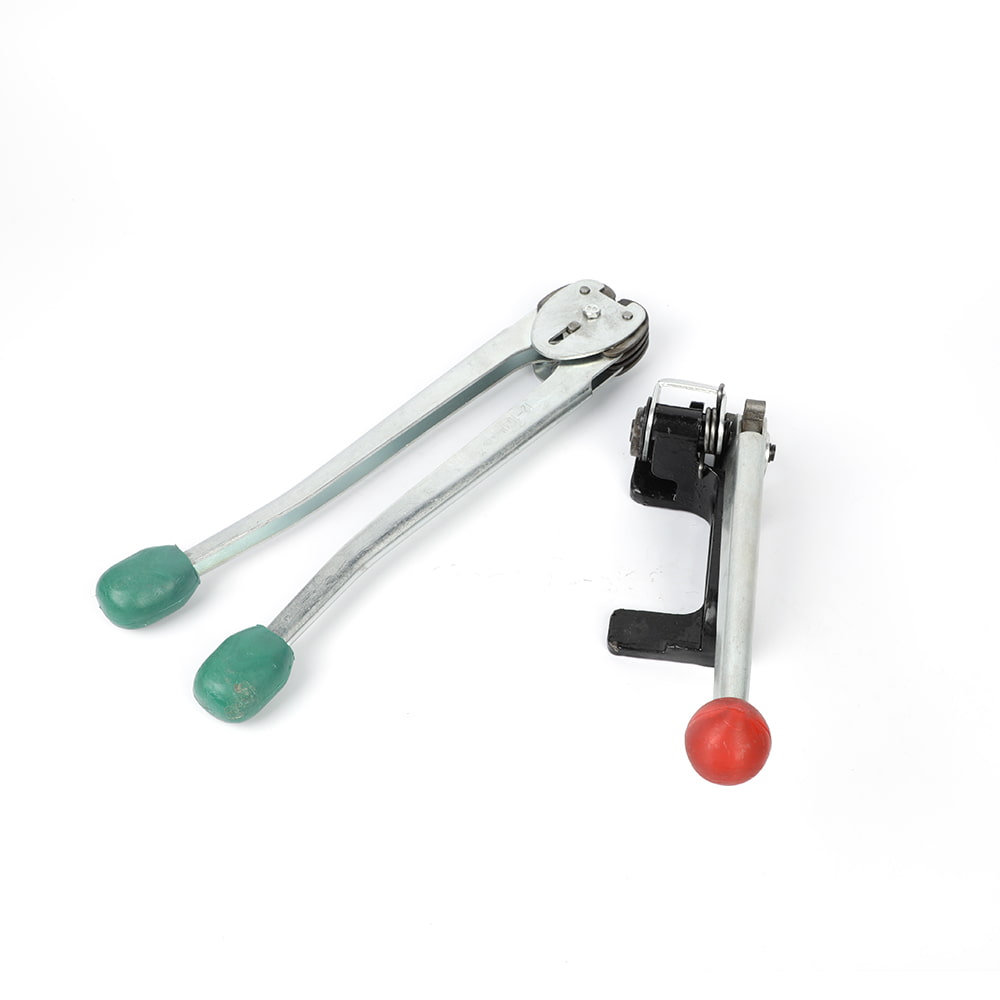Can stretch film replace steel strapping/strapping to reinforce heavy cargo?
In the logistics and shipping industry, securing heavy and palletized goods for transit is a critical operation. For decades, steel strapping has been the traditional go-to solution for reinforcing high-mass loads. However, the increasing adoption of high-performance stretch film has led many to question: can stretch film genuinely replace steel strapping for heavy-duty cargo reinforcement?
A Comparative Analysis: Stretch Film vs. Steel Strapping
1. Strength and Containment Force:
-
Steel Strapping: Offers extremely high tensile strength (break strength) and is excellent for applying immense force to hold heavy, rigid items together. It is ideal for preventing the outward movement of very dense loads, like bricks, metal coils, or heavy machinery parts.
-
Stretch Film: Provides containment force through elasticity. When applied under tension, it shrinks back, creating a tight "hood" that holds the load together. Modern heavy-duty and high-performance stretch films are engineered with superior puncture and tear resistance. For many industrial loads, the containment force of multiple layers of specialized stretch film is sufficient to prevent load shifting.
2. Load Stability and Damage Prevention:
-
Steel Strapping: While strong, it applies pressure at specific, concentrated points. This can damage the edges of cartons or products if not properly protected with edge guards. It is also prone to loosening due to vibration during transit.
-
Stretch Film: Envelops the entire load, distributing pressure evenly. This uniform containment protects product corners and minimizes the risk of damage from strapping. It also acts as a barrier against dust, moisture, and tampering. The elasticity of stretch film allows it to maintain tension and adapt to minor load settling better than steel strapping.
3. Corrosion and Safety:
-
Steel Strapping: Can rust over time, especially in humid or maritime environments, potentially staining products. The cut ends of steel straps are sharp and present a significant safety hazard to workers during application and removal, requiring special tools and protective equipment.
-
Stretch Film: Is inert and will not rust or corrode. It is generally safer to handle, with no sharp edges, reducing the risk of workplace injuries.
4. Efficiency and Cost:
-
Steel Strapping: The application process is typically slower, often requiring manual labor or specialized, expensive machinery. The cost includes the straps themselves, seals, and tools.
-
Stretch Film: Can be applied rapidly using manual, electric, or pneumatic dispensers, significantly increasing packaging line efficiency. While the film is a consumable, the total cost of ownership is often lower due to reduced labor time and lower equipment investment.
5. Environmental Impact:
-
Stretch film is recyclable (where facilities exist), and its lighter weight contributes to lower transportation emissions compared to steel. Steel is also recyclable but has a higher initial carbon footprint in production and transportation.
Key Considerations for Heavy-Duty Applications with Stretch Film
For stretch film to be a viable alternative to steel strapping for heavy loads, several factors must be meticulously considered:
-
Load Weight and Dynamics: Stretch film is successfully used to unitize loads exceeding 2,000 kg. The critical factor is not just weight, but the load's profile and stability. A stable, uniform pallet is a better candidate than an irregular, top-heavy one.
-
Film Type and Specification: Not all stretch film is created equal. This application requires heavy-duty or high-performance stretch film with a higher gauge (thickness), often between 20-30 microns or more. These films are formulated with additives to enhance cling, puncture resistance, and tear propagation resistance.
-
Application Technique: The method of application is paramount. Machine application is strongly recommended for heavy loads. It ensures consistent, calculable force and allows for the precise application of multiple layers. The number of wraps, the overlap percentage, and the pre-stretch level (often 250-300% for heavy-duty films) are critical parameters that determine the final containment force.
Best Practices and Transition Guidelines
A shift from steel strapping to stretch film should be based on a thorough evaluation:
-
Conduct Testing: Perform real-world transit tests with your specific loads. Monitor for any load shifting, film tearing, or product damage.
-
Consult Experts: Work with stretch film manufacturers or suppliers to analyze your load characteristics. They can recommend the appropriate film grade, gauge, and application parameters.
-
Consider a Hybrid Approach: For the most demanding applications, a combination of both methods may be optimal. A few layers of high-performance stretch film can provide full-pallet containment and protection, while a single steel strap at the base can add extra security against extreme lateral forces.
While steel strapping remains necessary for certain ultra-heavy and rigid industrial applications, advanced stretch film technology has undoubtedly closed the performance gap. For a vast range of heavy-duty unitizing tasks, high-specification stretch film presents a compelling alternative that offers comparable security with added benefits in efficiency, safety, and product protection.

 EN
EN 
 English
English 中文简体
中文简体


